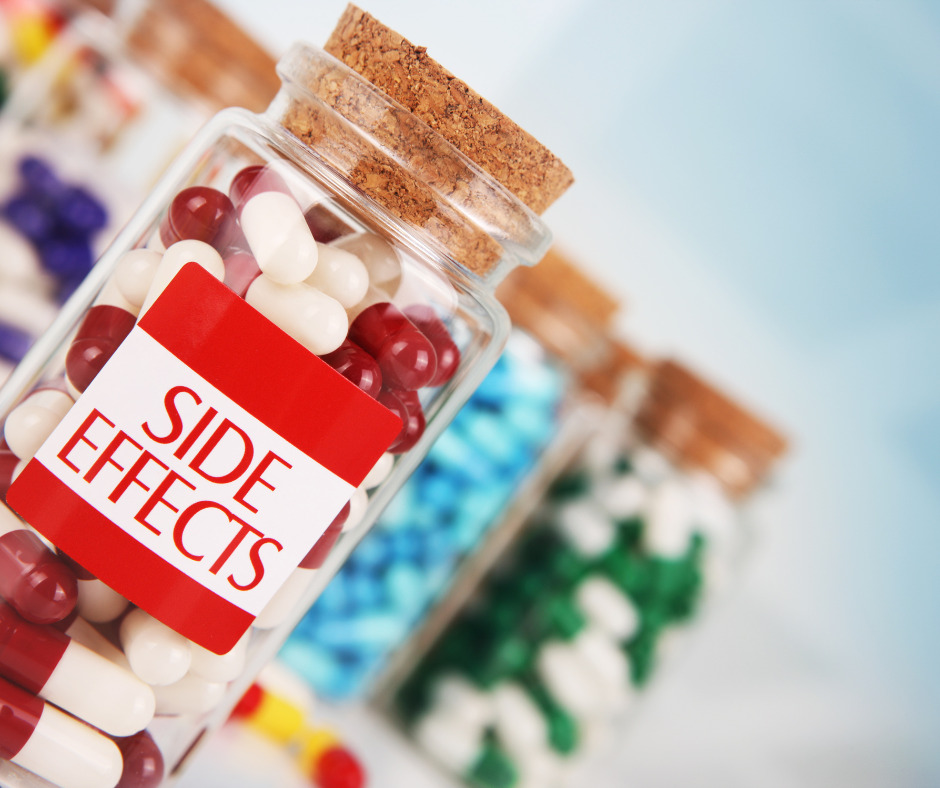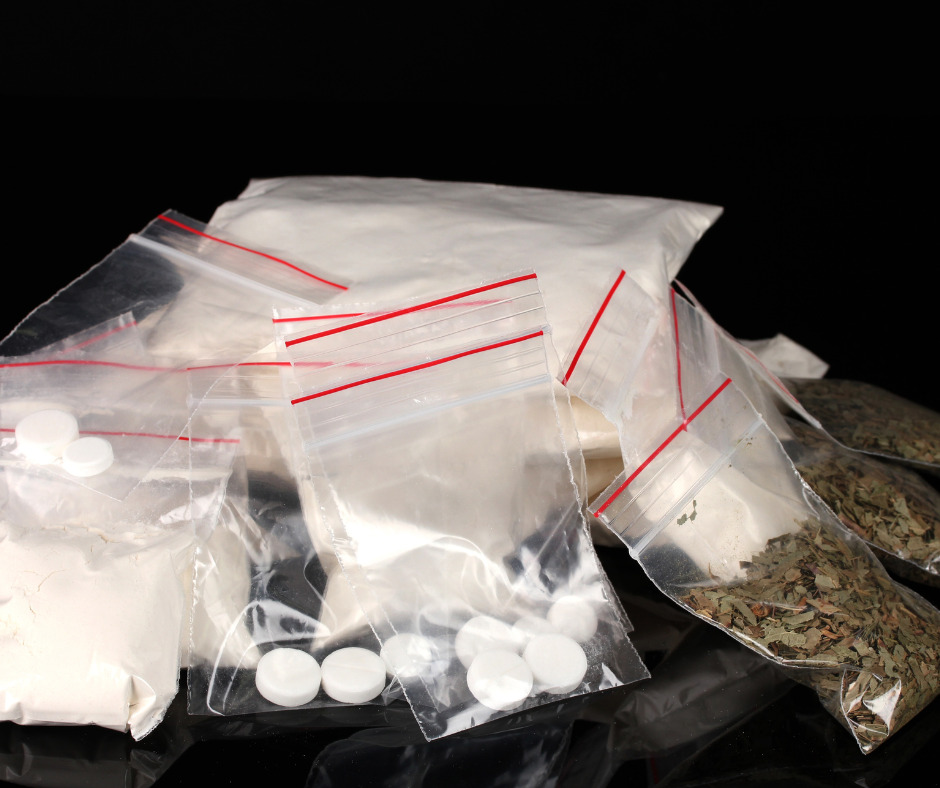When it comes to stimulants, there are two primary substances that come to mind – cocaine and Adderall. Both of these drugs have almost the same effects on the human body, but they differ in many ways.
In this blog, we’ll discuss the differences, similarities, side effects and more between cocaine and Adderall.
What is Adderall?
Adderall is a prescription medication used mainly to treat symptoms of attention deficit hyperactivity disorder (ADHD). It works by increasing the availability of certain brain chemicals, such as dopamine and norepinephrine, which affect focus and impulse control.
While its primary purpose is to help people with ADHD lead more productive lives by improving their ability to concentrate, Adderall also has off-label uses such as treating depression or aiding narcolepsy sufferers in staying awake.
While it can provide significant benefits, especially when taken as prescribed, improper use of Adderall can lead to serious health issues.
Chemical Composition of Adderall
Adderall is an equal part mixture of four amphetamine salts; amphetamine aspartate monohydrate, amphetamine sulfate, dextroamphetamine sulfate, and dextroamphetamine saccharate.
What is Cocaine?
Cocaine is an alkaloid substance found in the leaves of the coca plant, native to South America. It is a natural stimulant that acts on the central nervous system and increases levels of dopamine, which produces feelings of pleasure.
Cocaine acts very quickly within the body; its effects can be felt within minutes after ingestion, but they are short-lived, lasting between 15 minutes to an hour on average depending on how much was consumed. As such, users often binge on it in order to experience its full effects multiple times throughout a single session.

Chemical Composition of Cocaine
The chemical composition of cocaine consists primarily of a tropane alkaloid known as benzoylmethylecgonine, along with some other related compounds and impurities. This compound has a strong affinity for the dopamine, serotonin, and noradrenaline neurotransmitters in the brain, causing them to be released in large quantities when ingested.
It also inhibits their reuptake by blocking transporters for these neurotransmitters, resulting in an intense sensation of euphoria and alertness.
Adderall vs. Cocaine: Fact Sheet

The biggest difference between cocaine and Adderall lies in their legal status; cocaine is an illegal drug while Adderall is an FDA-approved prescription medication for ADHD and narcolepsy treatment.
Moreover, the effects of cocaine last much shorter than those of Adderall (30 minutes vs 8+ hours)
|
Adderall |
Cocaine |
|
| Generic Name | Amphetamine/Dextroamphetamine | Cocaine |
| Drug Type | CNS Stimulant | CNS stimulant, Anesthetic |
| Active Ingredients | Amphetamine | Benzoylmethylecgonine |
| Used as treatment for: | ADHD and Narcolepsy | Anesthetic and painkiller |
| Available Form(s) | Both immediate and extended-release | Powder and liquid |
| Available Strengths |
|
|
| Is it a controlled substance? | Schedule 2 controlled substance | Yes, Schedule II drug |
| Legal Status | Can only be prescribed medically | Illegal, can only be prescribed medically |
| Risk of Withdrawal Effects | Yes | Yes |
| Risk of Addiction | Yes | Yes |
Cocaine Dosage and Side Effects:
Cocaine is a powerful stimulant drug that is commonly used for recreational purposes. It is typically snorted, injected, or smoked by changing it into crack. The effects of cocaine can vary depending on the route of administration, the dosage, and the individual user’s characteristics.
The effects of cocaine can be felt within seconds to minutes after use, and they typically last for a few hours. Common effects of cocaine or crack use include increased alertness, energy, and feelings of euphoria, as well as increased heart rate, blood pressure, and body temperature.
Long-term use of cocaine can lead to addiction and can have negative effects on the cardiovascular, respiratory, and nervous systems. It can also cause significant damage to the nasal passages if it is snorted regularly.
There is no recommended safe dosage of cocaine, as it is an illegal drug with no medical use. The use of cocaine in any amount is considered abuse and can lead to serious health consequences and addiction. However, an average dosage used by most cocaine users is somewhere between 10-50 mg.
If you or someone you know is struggling with cocaine addiction, it is important to seek help from a qualified healthcare professional or addiction treatment center.
Adderall Dosage and Side Effects:

Adderall is a medication used to treat Attention Deficit Hyperactivity Disorder (ADHD) and narcolepsy. It is a stimulant drug that works by increasing the activity of certain chemicals in the brain, such as dopamine and norepinephrine.
Adderall is available in both immediate-release and extended-release forms. The dosage for Adderall varies from person to person based on their age, weight, medical condition, and response to treatment. Generally speaking, the recommended dose for adults with ADHD ranges from 5mg to 60mg per day, administered either once or twice daily.
The most common side effects of Adderall use include insomnia, headaches, decreased appetite, dry mouth, stomach upset, dizziness or lightheadedness, increased heart rate or blood pressure, and irritability.
In some cases more serious side effects can occur including changes in vision or hearing, chest pain, fast or irregular heartbeat, mental/mood changes such as agitation or hallucinations, difficulty urinating, and seizures.
People who take Adderall should speak with their doctor if any of these symptoms develop.
Cocaine vs. Adderall: Can You Withdrawal for Either?

Both cocaine and Adderall are stimulant drugs that can be addictive and can cause physical and psychological dependence. Withdrawal from either drug can occur when someone has been using the drug regularly and then stops or significantly reduces their use.
Cocaine is a powerful stimulant drug that is made from the leaves of the coca plant. It is typically used by snorting, smoking, or injecting it, and it can produce a powerful and short-lived high. Cocaine is highly addictive and can cause physical and psychological dependence. Withdrawal from cocaine can cause a range of symptoms, including fatigue, depression, irritability, and intense cravings for the drug.
Adderall is a prescription medication used to treat ADHD and narcolepsy. It contains amphetamine and dextroamphetamine, which are stimulant medications that can be addictive. Adderall is typically taken orally as a tablet or capsule. Withdrawal from Adderall can cause a range of symptoms, including fatigue, depression, irritability, and difficulty sleeping.
It is important to note that withdrawal from either cocaine or Adderall can be dangerous and should be done under the supervision of a medical professional. Both drugs can cause serious side effects, and it is important to get treatment from a qualified healthcare provider to ensure a safe and successful recovery.
Adderall vs Cocaine: Prevalence in the United States
Recently, there has been a sharp increase in the misuse and abuse of stimulants by adults, which may be due to their supposed stimulatory effects on cognitive enhancement leading people to believe they can improve their chances when studying or performing tasks at work.
According to a 2020 report by Substance Abuse and Mental Health Services Administration (SAMHSA), the non-medical use of prescription stimulants like Adderall has increased significantly in recent years. In 2020, an estimated 10 million people aged 12 or older reported misusing prescription stimulants in the past year.
Approximately 33% of these individuals abused only cocaine, while 14% abused methamphetamine based drugs such as Adderall.
The same study suggests that the highest percentage (1.4 million) of misuse of central nervous stimulants is among individuals between the ages of 18 and 25. In US, almost 14 million individuals need some kind of treatment for substance abuse disorder, however, only 4 million of them seeked treatment from a special facility in the past year.
The number of overdose deaths involving cocaine has been increasing in recent years. According to the Centers for Disease Control and Prevention (CDC), the number of overdose deaths involving cocaine or psychostimulants increased by 42% between 2015 and 2016.
Bottom Line: Adderall versus Cocaine

In summary, Adderall is a prescription medication used to treat certain medical conditions, while cocaine is an illicit stimulant drug that is commonly abused for its psychoactive effects. It is important to note that both drugs have a tendency to cause dependence and can cause serious side effects, and it is important to use them only as directed by a qualified healthcare provider.
FAQs on Cocaine and Adderall
Is mixing Cocaine and Adderall dangerous?
Yes, mixing cocaine and adderall is dangerous as both are stimulants which can cause your brain to go into overdrive, lead to high blood pressure, and increased heart beating. In some cases, mixing these two drugs can lead to overdose or even death.
Which is more addictive, Cocaine or Adderall?
Cocaine is more addictive than Adderall as it is short -lived, which means users need to use it more frequently in order to feel its effects.
How long does cocaine stay in your blood?
Cocaine stays in your blood for up to 2 days.





